As a spirits category whisky is incredibly diverse with several sub-divisions of style, flavour and general appeal, based on the method and country or specific region of manufacture. We take a closer look at whisky, how it's made and the essential facts...
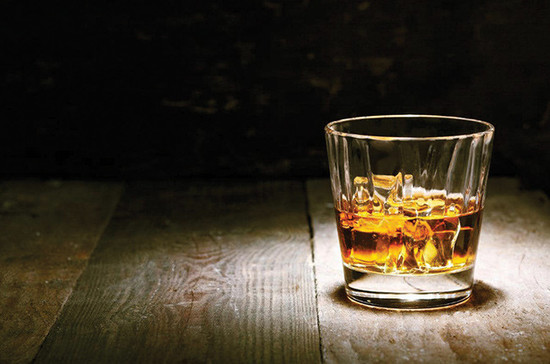
Whisky
Whisk(e)y is a type of distilled alcohol beverage made from any grain-based product, fermented, distilled and generally matured in oak barrels. As with all spirits, the base product varies and tends to be linked to the exact location of both where the grain is farmed and where the distillery is located.
Essential info:
Colour: Ranging from pale straw / light gold to rich, orange / amber – determined by the type and length of cask maturationRegion: Scotland, USA, Canada, Ireland, Japan, Australia, central Europe and IndiaABV: Minimum 40% ABVMaturation / Age: ‘Scotch whisky’ must be aged in oak casts for a minimum of 3 years, there is no legal minimum duration for ageing BourbonMade from: Can be made with any grain but Scotch whisky must contain malted barley, while maize (corn), wheat and rye are also used for American whiskey. Indian whisky is often made from molasses sugars and a mix of malted barley or other cereal giving it a more rum-like taste and texture.Translation: Whisky – spelled with an ‘e’ in Ireland and widely across America but not in Scotland or for single malts made in other parts of the world including Sweden, Japan and India. The name is believed to have originated from the Gaelic word ‘uisge beatha’ meaning ‘water of life’.
History
The earliest records of the distillation of alcohol date back to Italy in the 13th century where alcohol was distilled from wine. But the first records of whisky production – mentioned as ‘aquavitae’ date back to the 15th century where the art of distillation had spread to Ireland and Scotland and found favour with the king at the time, James IV of Scotland, who had a great liking for Scotch whisky.
Shortly after, during the dissolution of the monasteries under the rule of King Henry VIII, whisky production moved out of a monastic setting and into personal homes and farms. Whisky production at this time was still in its infancy and due to restrictions on ageing tasted strong and potent.
After England and Scotland merged in the early 1700s, the English Malt Tax of 1725 came into effect increasing the tax on Scotch whisky and forcing producers to hide existing stock and distillers to operate during the darkness at night to hide the smoke from the stills – for this reason the illegal drink became known as ‘moonshine’ and at one point was over half of Scotland’s whisky output. This practice eventually ceased in 1823 after the passing of the Excise Act legalising distillation for a fee.
Scotch whisky’s popularity increased, and become firmly cemented, in the late 19th century after the phylloxera epidemic decimated many of France’s vineyards and in turn its brandy production.
The American history of whisky can be traced back to the states of Virginia, Maryland and Pennsylvania where in 1791 is began to be brewed as a rye-based product.
Its status as a highly coveted sundry and profitable product for farmers converting corn to alcohol led the President at the time George Washington to introduce an excise tax intended to generate revenue for the war debt incurred by the American Revolution.
It was met with open resistance leading to the Whiskey Rebellion which saw hundreds of distillers convicted. It was repealed in the early 1800s during the Jefferson administration.
By 1870 the whiskey trade had become well developed across America though production oversight was difficult to maintain and fraudsters often passed-off non-whiskey drinks packaged in whiskey bottles.
Eventually, authenticity standards were introduced including the widely adopted trend for sealing and labeling bottles, as well as the ‘Bottled in Bond’ act which stipulated whiskey must be 50% alcohol by volume, produced in one season by one distiller and must be stored in a federally bonded warehouse under the supervision of the U.S Government for at least four years.
High levels of public drunkenness spurred the policy of prohibition between 1922 and 1933 which prevented the production and sales of all alcohol, except for whiskey prescribed by a doctor and sold through licensed pharmacies.
By 1964, legal statutes and quality controls were enforced for Bourbon – to be 51% corn distilled to 80% alcohol, made only with natural ingredients and for ageing to take place in specific barrels of charred oak. Other American whiskies were required to meet additional standards for grain type, aging and proofing.
Click to read the full article on Decanter.com>>

Translated by ICY
All rights reserved by Future plc. No part of this publication may be reproduced, distributed or transmitted in any form or by any means without the prior written permission of Decanter.
Only Official Media Partners (see About us) of DecanterChina.com may republish part of the content from the site without prior permission under strict Terms & Conditions. Contact china@decanter.com to learn about how to become an Official Media Partner of DecanterChina.com.

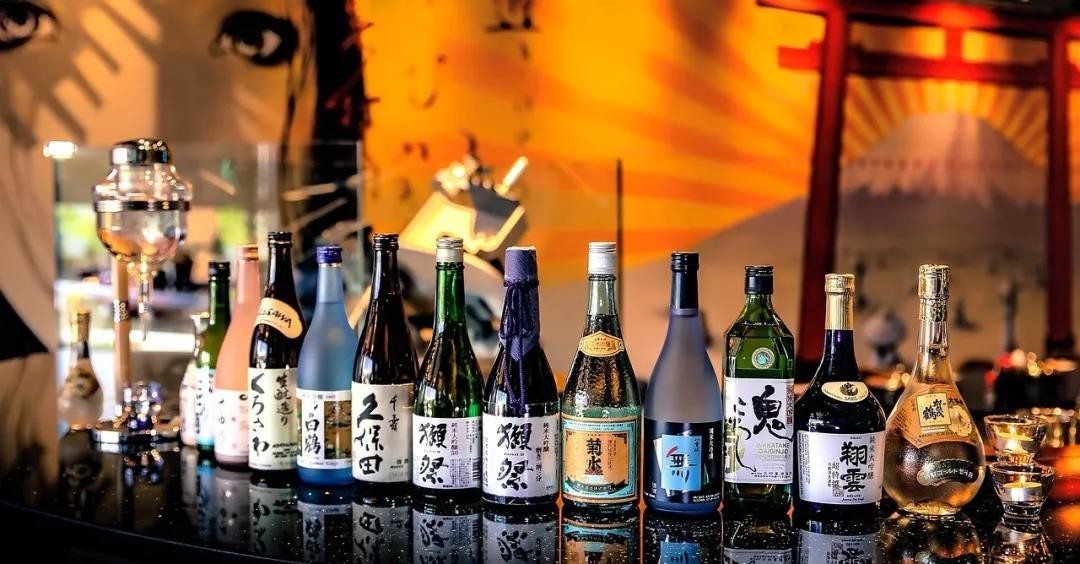
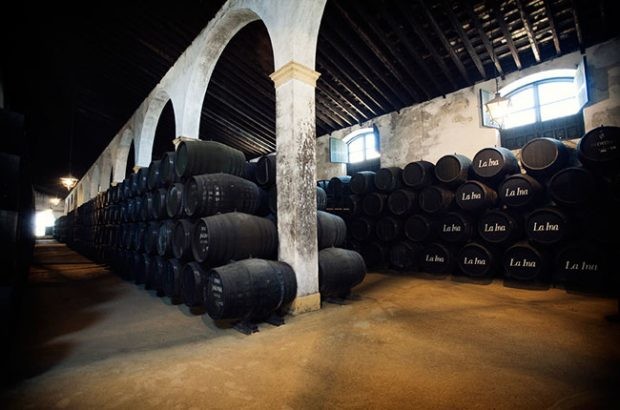
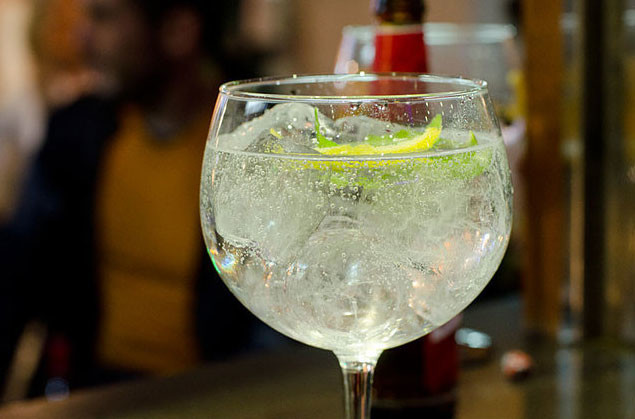
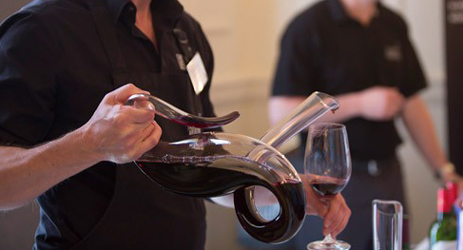
Comments
Submit